5 Sleep Questions Answered by Child Sleep Expert
Going back to school means changes in sleeping schedules and patterns (both quality and quantity). Today I’m thrilled to share five questions focused on sleep and school answered by child sleep expert Joseph A. Buckhalt, PhD.
Be sure to check out even more of my helpful parenting tips, too!
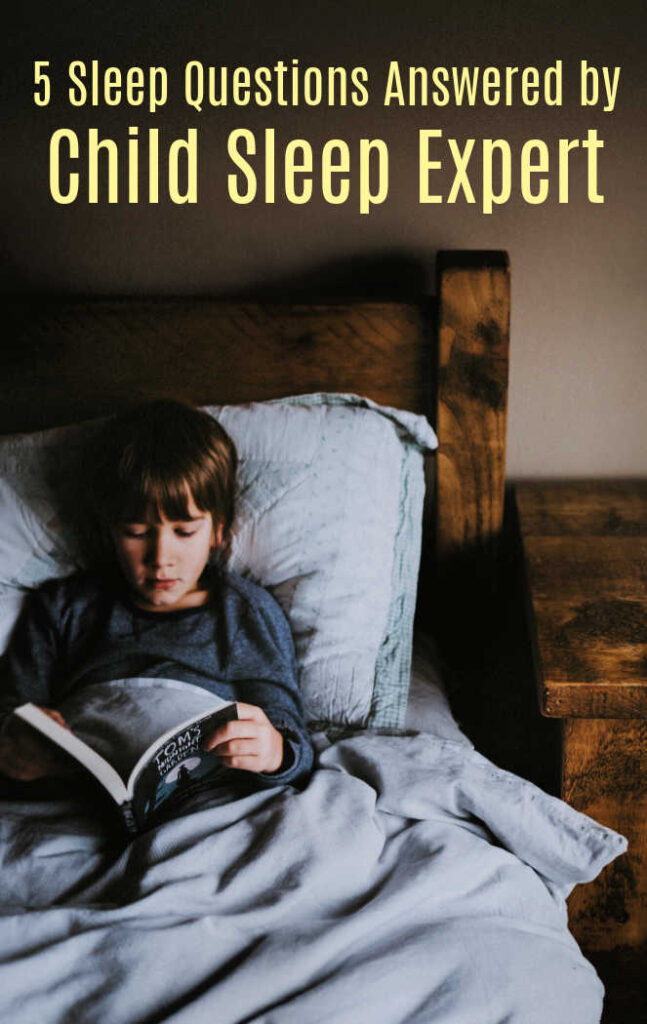
The American Psychological Association was kind enough to share this resource with us!
School Year Means Sleep Challenges for Kids of All Ages
It’s back to school time, which means homework, after-school activities and, many parents hope, more regular bedtime routines.
Children who don’t get enough sleep are at risk of performing poorly at school, according to research.
Psychologists can help parents, teachers and children recognize the importance of a proper night’s sleep and can offer advice on how to get kids on the right sleep schedule.
APA recently asked Buckhalt the following questions about children and sleep.
APA: Research has shown that a lack of sleep can affect academic performance in young children and adolescents. How are children impacted differently than adults by lack of sleep?
Dr. Buckhalt: Children generally need more sleep than adults, and they are more adversely affected in some ways by insufficient sleep.
We have discovered that sleep is instrumental not only in making us alert and receptive to learning, but also that it helps consolidate and preserve memory of information learned during the day.
During sleep, areas of the brain that acquire and control information (e.g., the prefrontal cortex) continue to communicate with areas that help retain and organize information (e.g., the hippocampus).
Every day, children are learning relatively more new information and building more cognitive skills than adults, so sleep loss has a more negative impact for children.
Every 90 minutes or so, we cycle through four stages of sleep based on characteristic physiological measures.
Recent research points to the importance of one of those stages, slow wave sleep, for learning and memory.
Children have relatively more slow wave sleep than adults, and this is thought to relate to more need for children’s brains to process information during sleep.
Sleep is also related to many processes other than learning and memory, including emotion regulation, physical development and immune system functioning.
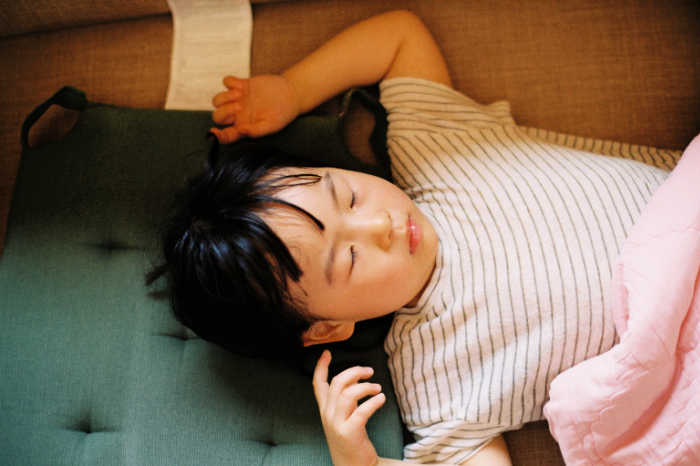
APA: How does returning to school in the fall affect children’s sleep patterns? What can parents do to help make the adjustment easier?
Dr. Buckhalt: When school is out for holidays and summers, children usually adopt a less strict schedule and their wake times are often much later, resulting in more sleep time.
Transitions back to school pose some challenges on Mondays, but may be particularly difficult at the start of a new school year.
Parents can help ease the transition back to a school sleep/wake schedule by gradually reinstating an earlier bedtime and wake-up time.
For the week before school starts, pushing up bedtimes and wake times 10-15 minutes a day can be beneficial. Moreover, day-to-day consistency needs to be a goal during this period.
Middle and high school children may have the most difficulty adapting to the new schedule, since evidence shows that the onset of puberty is associated with what is technically called phase delay, meaning that they have a harder time falling asleep in the evening and becoming fully awake in the morning.
One change that can help is to avoid watching television, playing video games and using computers or smart phones an hour or so before bedtime.
The brain relies on light to set its circadian rhythm, and research is suggesting that screen time in the evening tells the brain that it is still daylight, delaying the natural onset of melatonin secretion that occurs at the end of the day and is crucial for falling asleep.
Opening the bedroom blinds or curtains in the morning an hour before the necessary wake time can also help a child to wake earlier.
Just as children often get a yearly physical checkup and vaccination update before school, parents can conduct an informal sleep health assessment with their children.
Sleep is impaired by many factors, some related to the physical environment, and some to the psychosocial context.
Physical factors deleterious to sleep include noise in the home and neighborhood, poor ventilation, inadequate heating and cooling, and poor beds and bedding.
Among psychosocial factors are family conflict, sharing beds and bedrooms with other family members and/or pets, chaotic households, anxiety and stress, late-night eating, inconsistent sleep schedules and, as I mentioned before, using electronic media.
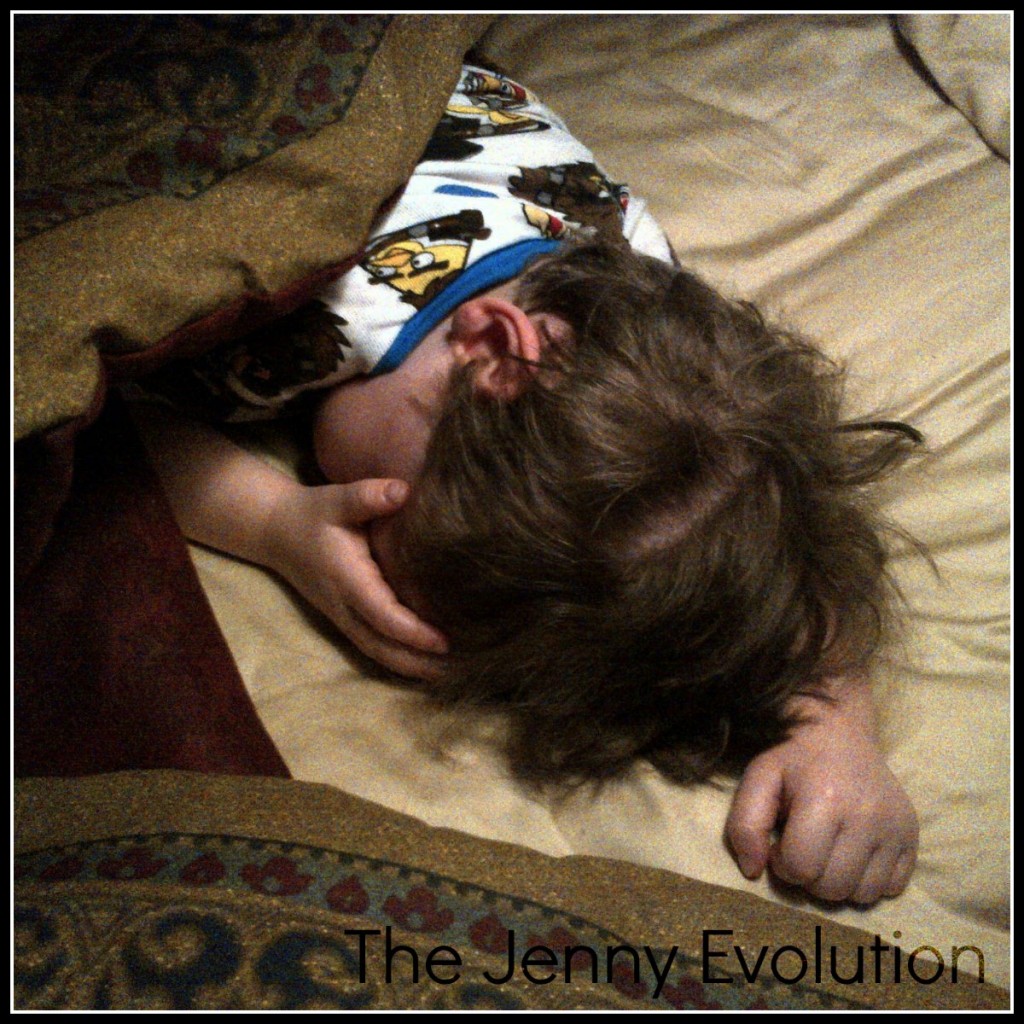
APA: Your work centers on what schools can do to help children who are affected by lack of sleep, especially children who are having difficulties at home. What can teachers and other educators do if they believe their students are underperforming due to lack of sleep?
Dr. Buckhalt: Just as we learned decades ago that hungry children are not receptive to instruction, neither are sleepy children.
Signs of sleepiness in school-age children are not difficult to observe if we remember to look for them.
Sleepy children are often lethargic, inattentive, slow to respond and unable to perform to their peak academically.
They are also typically more irritable and less compliant with teacher instructions.
For children who chronically exhibit these symptoms, especially after they have had a week or so to adapt to the beginning of school, teachers should suspect that their sleep is deficient in quantity and/or quality.
Speaking directly to the child about sleep habits is a first step, yet some factors that impair sufficient sleep may be outside the child’s control, and parents may need to become involved.
Some small percentage of children may have a clinical sleep disorder and referral to a school nurse or pediatrician would be a good idea.
Diagnosis of a clinical sleep disorder in a pediatric sleep lab may be needed and sleep specialists may prescribe behavior management, sleep appliances (for sleep apnea) or pharmaceuticals, depending on the diagnosed condition.
Many behaviors associated with learning disabilities and behavior problems are common in children with insufficient sleep.
Sleep disorders are present disproportionally in children with intellectual disabilities, autism, attention-deficit hyperactivity, anxiety, depression and conduct disorder.
Before a child is diagnosed with any of these conditions, sleep problems should be assessed and ruled out as a primary cause.
For children who already have such diagnoses and receive special-education services, teachers should become familiar with interventions to improve sleep that may improve the child’s ability to learn and become more emotionally adjusted.
Before so-called high-stakes testing (i.e., standardized achievement tests), schools often send reminders to parents to have their child get a good night’s sleep and eat a good breakfast.
This is good policy but is likely of modest and variable effectiveness.
All tests, not just high-stakes tests, are ideally given when the child has slept well, has had adequate nutrition and is free from interfering anxiety or other emotional problem.
Avoiding administering tests very early or late in the school day may be difficult in some cases, yet may reap benefits in improved student performance.
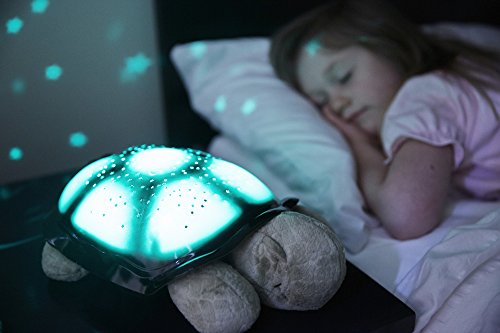
APA: A number of school districts have grappled with whether to start classes later when kids get to high school. Is this a concept that is supported by your research? Would all students perform better if all schools started later?
Dr. Buckhalt: School start time as it relates to children’s sleep and school performance has been an area of inquiry fraught with controversy.
Older children need much more sleep than evidence shows they are getting, yet they most often have the earliest school start times.
The system we have is traditional and well-entrenched.
Parents and educators are reluctant to change the system for many reasons.
They argue that most children would simply stay up later; however, the little research that exists suggests that this is not the case.
The best proof that more sleep would improve children’s school performance would be achieved by research using experimental designs; however, empirical research is scant.
For example, two school districts could be matched for a number of characteristics (e.g., size, location, socioeconomic status) and randomly assigned either to keep the same schedule or move school start times earlier by 30 to 60 minutes.
However, such studies are exceedingly difficult to conduct for practical and technical reasons (for instance, teachers would not be “blind” to their school’s start time).
That being said, evidence is accumulating that later school start times are beneficial in communities where they have been adopted.
Schools have been put in the position of competing with each other to attain achievement goals, and I suspect that if schools that move start times are seen to have better scores, a trend would develop to emulate that success.
Educational methods and policy change, but this usually occurs very slowly.
Just as the business world has come to see some advantages to flex time and allowing employees to do some portion of their work at home, schools may eventually adopt some similar policies.
Children and adults vary in the times of day they are optimally alert and ready to learn and such a system would provide more autonomy for learners and make the school start time less important.
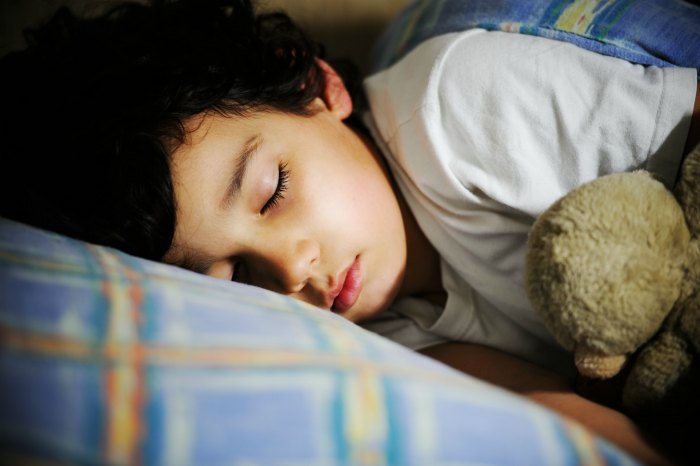
APA: What are some of the most important factors responsible for children’s not going to bed early enough to get sufficient sleep?
Dr. Buckhalt: We increasingly live in a world that is “open for business” (and entertainment) day and night.
Research shows that, in most countries, people sleep less now than people in previous decades mostly because they stay up later.
Discounting power failures, the lights can stay on all night, hundreds of television channels are available, the Internet never closes and mobile phones afford the opportunity to talk and text at any time.
Children who have televisions in their rooms have been shown to have poorer sleep habits.
Media use throughout the night (e.g., answering and responding to calls and texts) can be a significant factor in delaying and disrupting sleep.
School and community sports for children have also crept into school nights.
While a generation ago, it would have been extremely rare for children to have practice and games on school evenings, many children are regularly out on the athletic fields well into the times they should be beginning bedtime routines.
Sleep is not seen as a high priority among all the other activities we wish to pursue.
My feeling is that an effort to have schools and other organizations suspend nighttime extracurricular activities for children would be equally as difficult as the attempts to convince schools to delay start times.
Finally, research indicates that children in poverty live in conditions unsuitable for attaining optimal sleep.
The associated factors are many, some relating to material resources, including adequate housing (e.g. size of home, number of bedrooms, quality of HVAC system), and some relating to psychosocial factors, such as violence in the home and community.
A shockingly high number of American children live in poverty, and the current recession has accelerated the rate of family poverty.
Children of poverty suffer from many disadvantages, and considerable evidence suggests that poor sleep is one of them.
Furthermore, poor sleep is related to their higher rates of poor academic achievement and dysfunctional behavior at school.
About Dr. Buckhalt
Joseph A. Buckhalt, PhD, is the Wayne T. Smith distinguished professor at the College of Education at Auburn University.
For the last three decades, Buckhalt has studied factors that increase risk for academic failure and poor social skills in school-age children.
A former school psychology director, Buckhalt has focused his most recent work on how sleep relates to children’s development, academic performance and health.
He works closely with his colleague and wife, Mona El-Sheikh, PhD, at Auburn University.
Their research has been supported by numerous grants from the National Institutes of Health and National Science Foundation.
About the APA
The American Psychological Association, in Washington, D.C., is the largest scientific and professional organization representing psychology in the United States and is the world’s largest association of psychologists.
APA’s membership includes more than 137,000 researchers, educators, clinicians, consultants and students.
Through its divisions in 54 subfields of psychology and affiliations with 60 state, territorial and Canadian provincial associations, APA works to advance the creation, communication and application of psychological knowledge to benefit society and improve people’s lives.
